Hinweis: Dieses Produkt ist kein Nahrungsergänzungsmittel. Dieses Produkt dient nur zu Forschungszwecken und ist nicht zum Verzehr bestimmt.
DMHA
DMHA ist eine Substanz, die für ihre mögliche stimulierende Wirkung bekannt ist. DMHA ist sowohl DMAA als auch AMP-Citrat sehr ähnlich. Daher wird dieser Stoff mit einer Reihe von Wirkungen in Verbindung gebracht.
DMHA ist auch bekannt als:
2-Amino-6-methylheptan
2-Amino-5-methylheptan
2-Aminoisoheptan
Octodrin
1,5-Dimethylhexylamin
1,5-DMHA
DMHA Daten
Cas: 543-82-8
MF: C8H20ClN
Reinheit: ≥ 99 %
Funktionen von DMHA
DMHA ist eine Substanz, die vor allem für ihre stimulierende Wirkung bekannt ist. Aufgrund seiner Ähnlichkeit mit DMAA wird dieser Stoff mit einer Reihe von Wirkungen in Verbindung gebracht [1][2][3][4][5][6][7][8][9][10].
Woher kommt DMHA ?
Dieses Stimulans kommt in der Natur vor, wird aber auch synthetisch hergestellt. In der Natur kommt es in der Rinde des Juglans Regia Baumes und in den Früchten des Kigelia Africana Baumes vor.
Referenzen
- Wang, M., et al. (2018). “1,5-Dimethylhexylamine (octodrine) in sports and weight loss supplements: Natural constituent or synthetic chemical?” Journal of pharmaceutical and biomedical analysis 152: 298-305.
- Catalani, V., et al. (2018). “Octodrine: New Questions and Challenges in Sport Supplements.” Brain sciences 8(2): 34.
- Dreher, M., et al. (2018). “Boost Me: Prevalence and Reasons for the Use of Stimulant Containing Pre Workout Supplements Among Fitness Studio Visitors in Mainz (Germany).” Frontiers in psychology 9: 1134-1134.
- National Museum of American History. Eskay’s Oralator. Retrieved from: https://americanhistory.si.edu/collections/search/object/nmah_737864
- Millan, M. J. (2004). “The role of monoamines in the actions of established and “novel” antidepressant agents: a critical review.” European Journal of Pharmacology 500(1): 371-384.
- Fleckenstein, A. E., et al. (2007). “New Insights into the Mechanism of Action of Amphetamines.” Annual Review of Pharmacology and Toxicology 47(1): 681-698.
- Wise, R. A. and M. A. Bozarth (1985). “Brain mechanisms of drug reward and euphoria.” Psychiatric medicine 3(4): 445-460.
- Hutcheon, D. E. and L. McCullough (1952). “The respiratory stimulant action of octylamines.” British journal of pharmacology and chemotherapy 7(1): 42-46.
- dmaa toxicology report. Retrieved from: https://www.docdroid.net/nfY14Ox/dmaa-toxicology-report.pdf
- Cohen, P. A., et al. (2018). “Four experimental stimulants found in sports and weight loss supplements: 2-amino-6-methylheptane (octodrine), 1,4-dimethylamylamine (1,4-DMAA), 1,3-dimethylamylamine (1,3-DMAA) and 1,3-dimethylbutylamine (1,3-DMBA).” Clinical Toxicology 56(6): 421-426.
| Gewicht | n. v. |
|---|---|
| Zutat | DMHA (2-Amino-6-methylheptan) 99% |
| Warnung | Dieses Produkt ist kein Nahrungsergänzungsmittel. Dieses Produkt dient nur zu Forschungszwecken und ist nicht zum Verzehr bestimmt. Außerhalb der Reichweite von Kindern aufbewahren. |

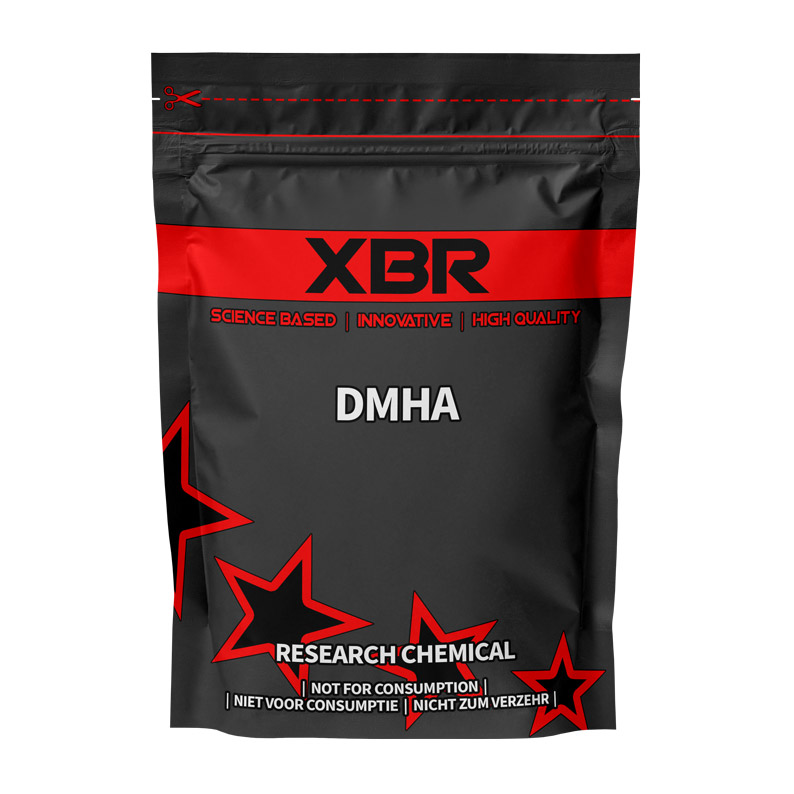
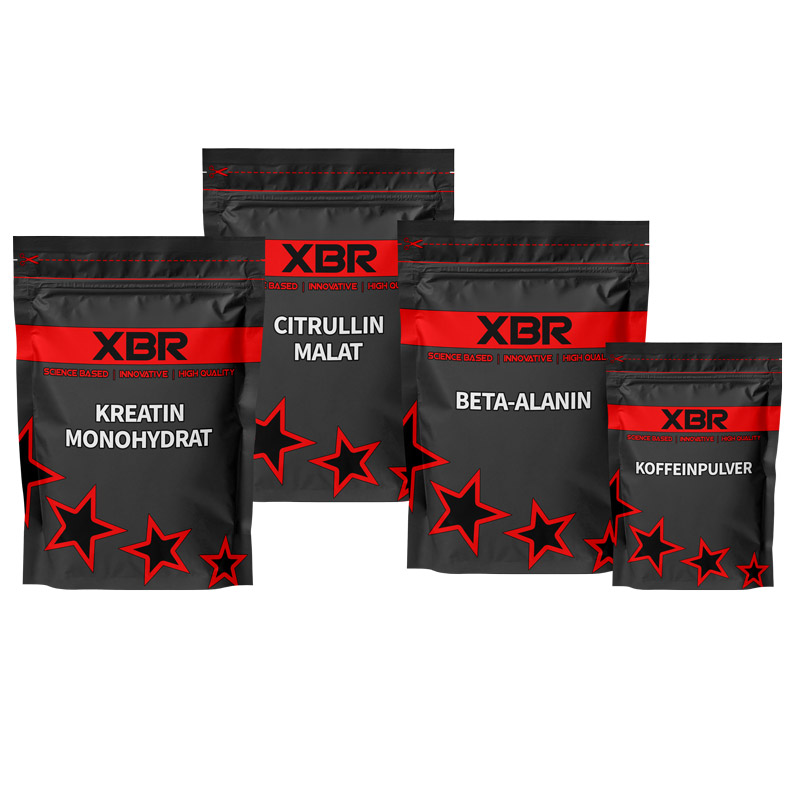
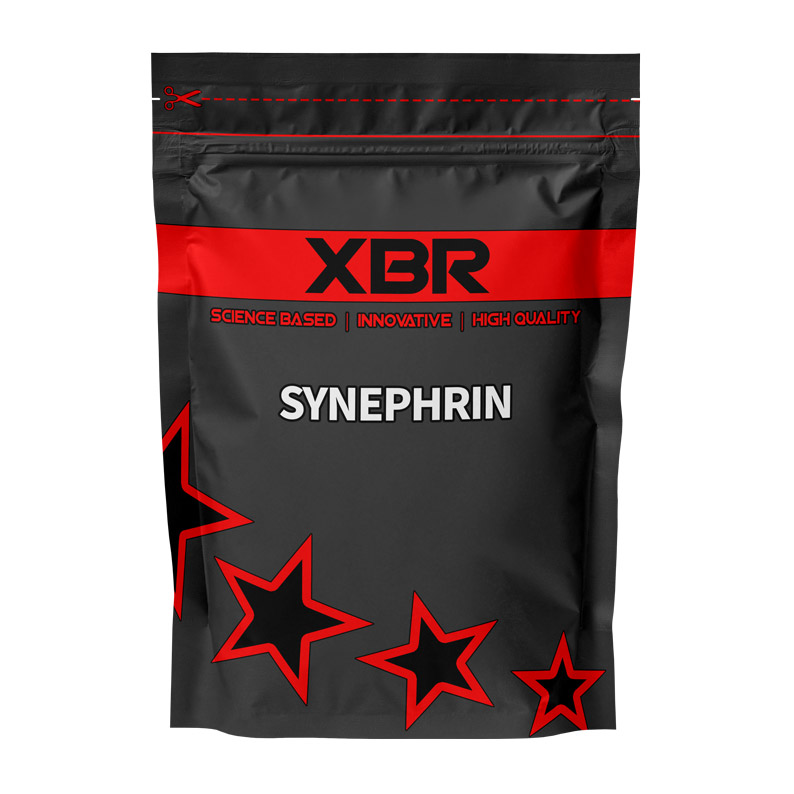
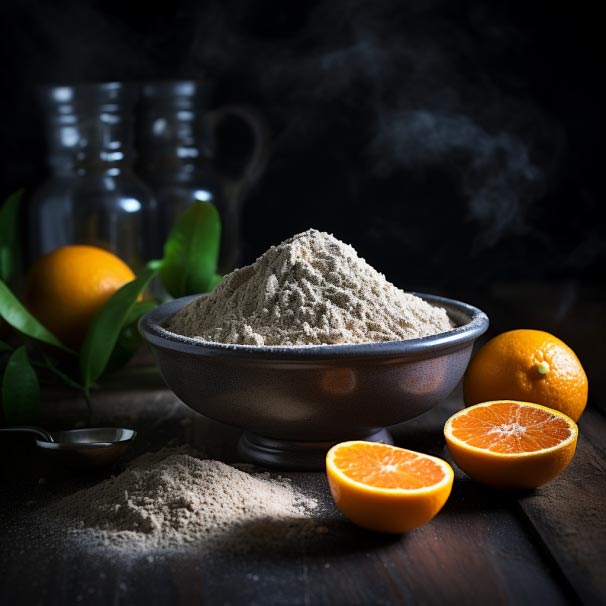
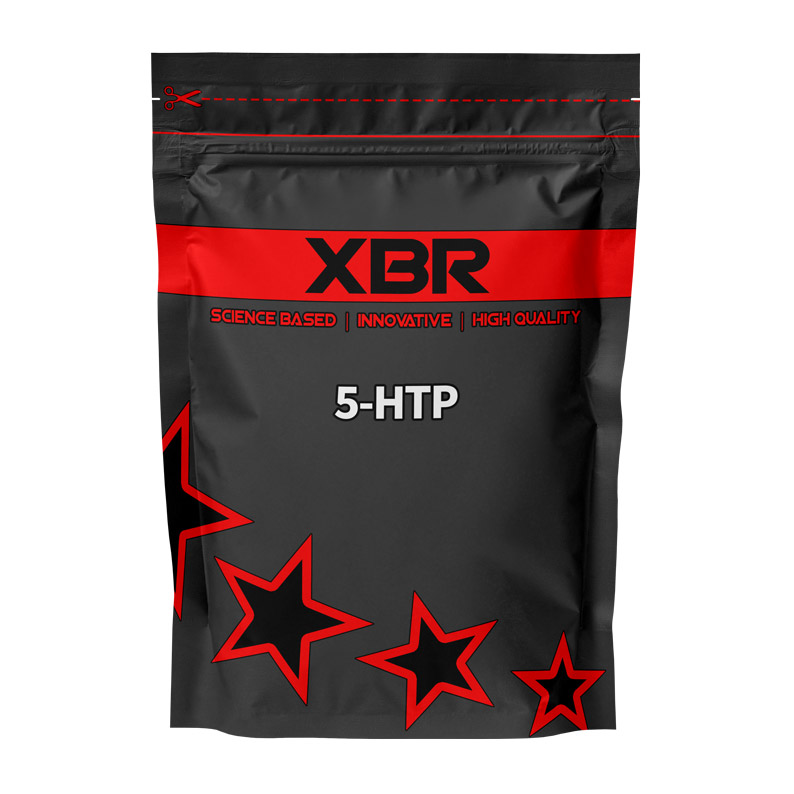
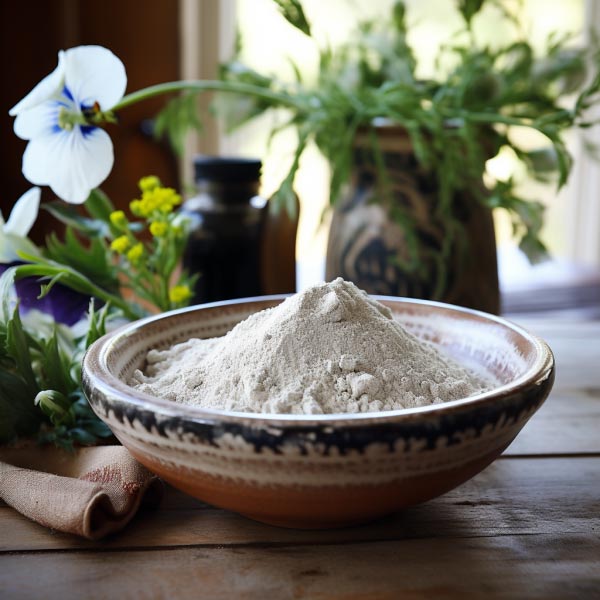
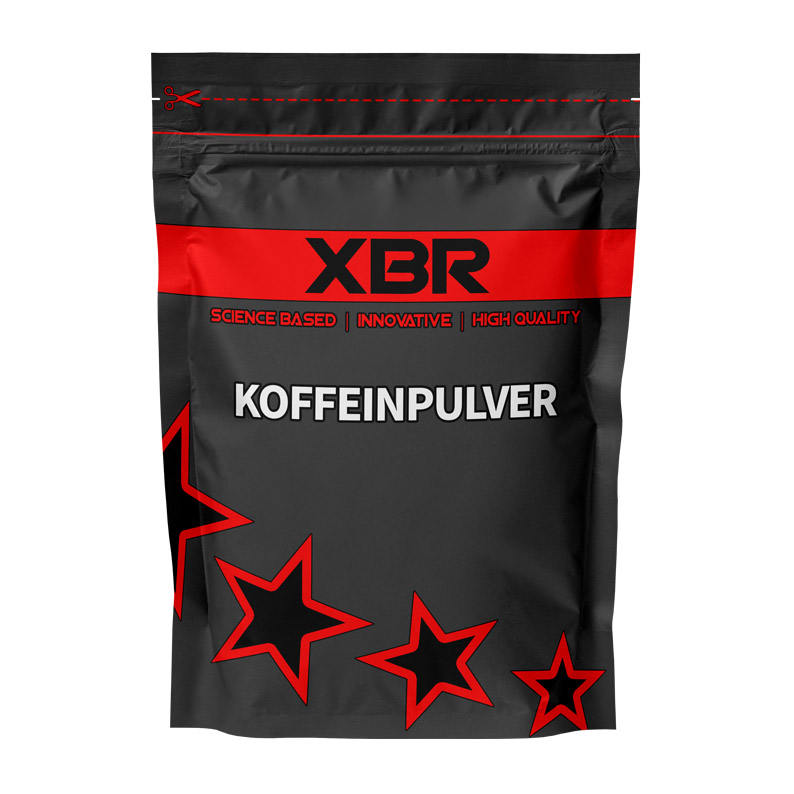
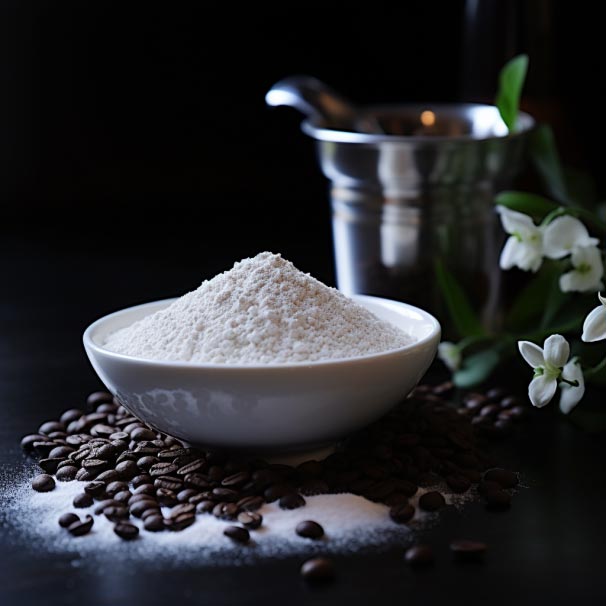
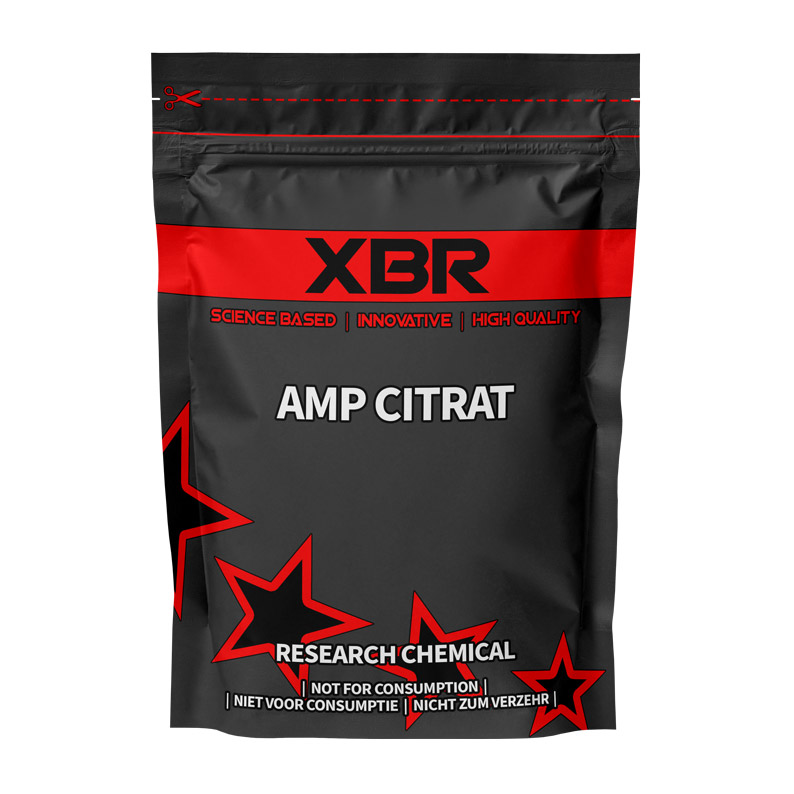
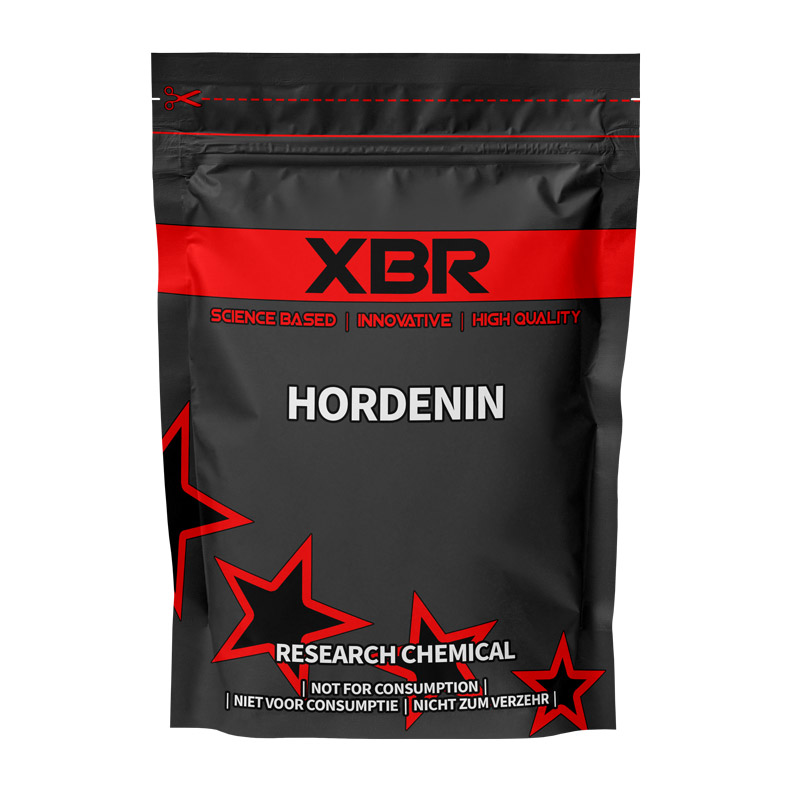
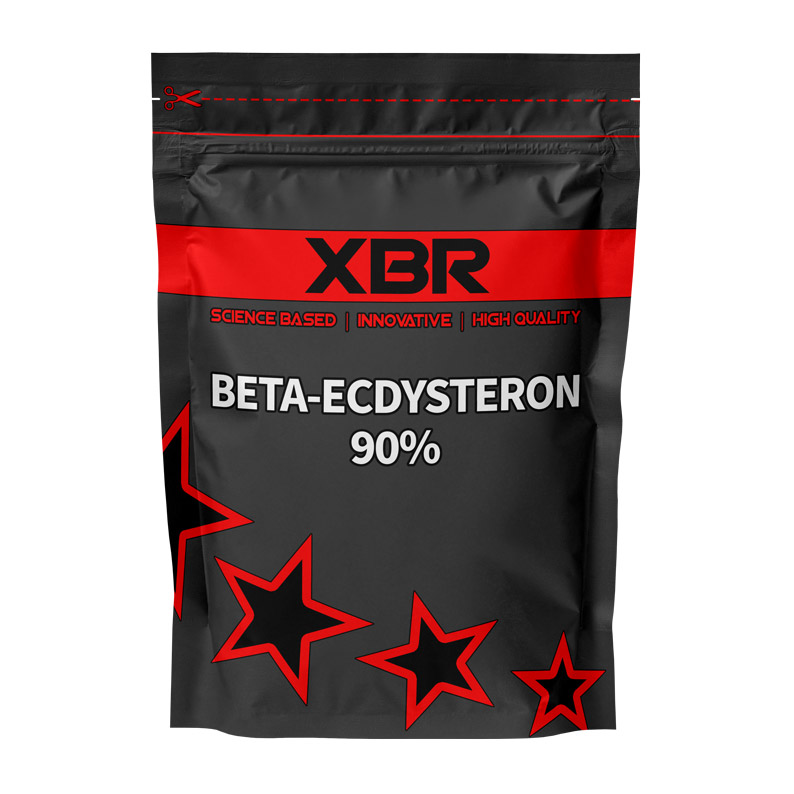
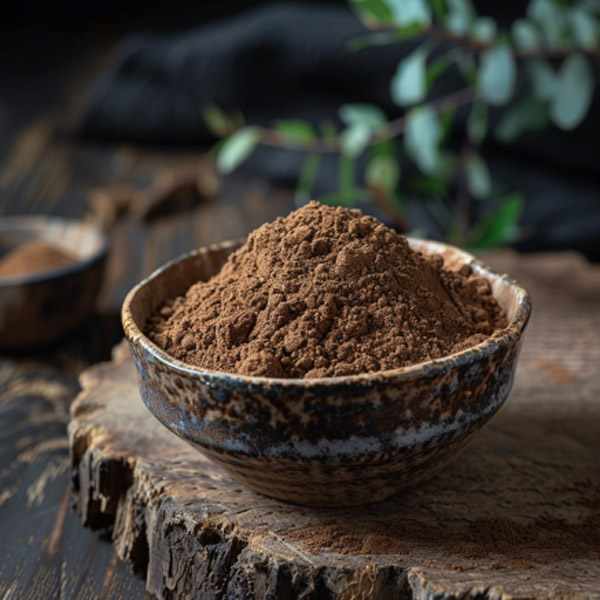
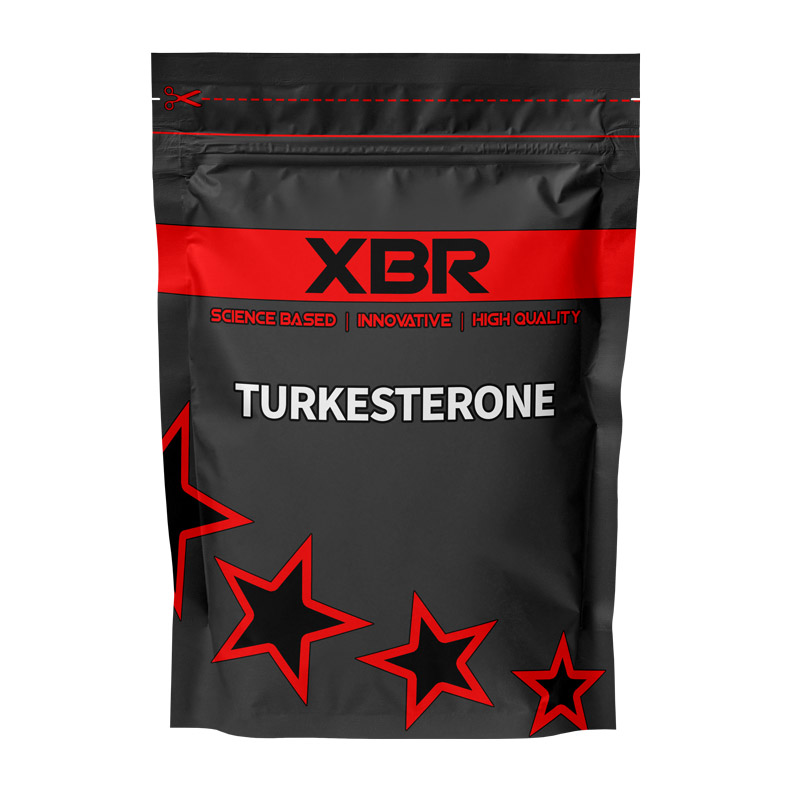

Bewertungen
Es gibt noch keine Bewertungen.